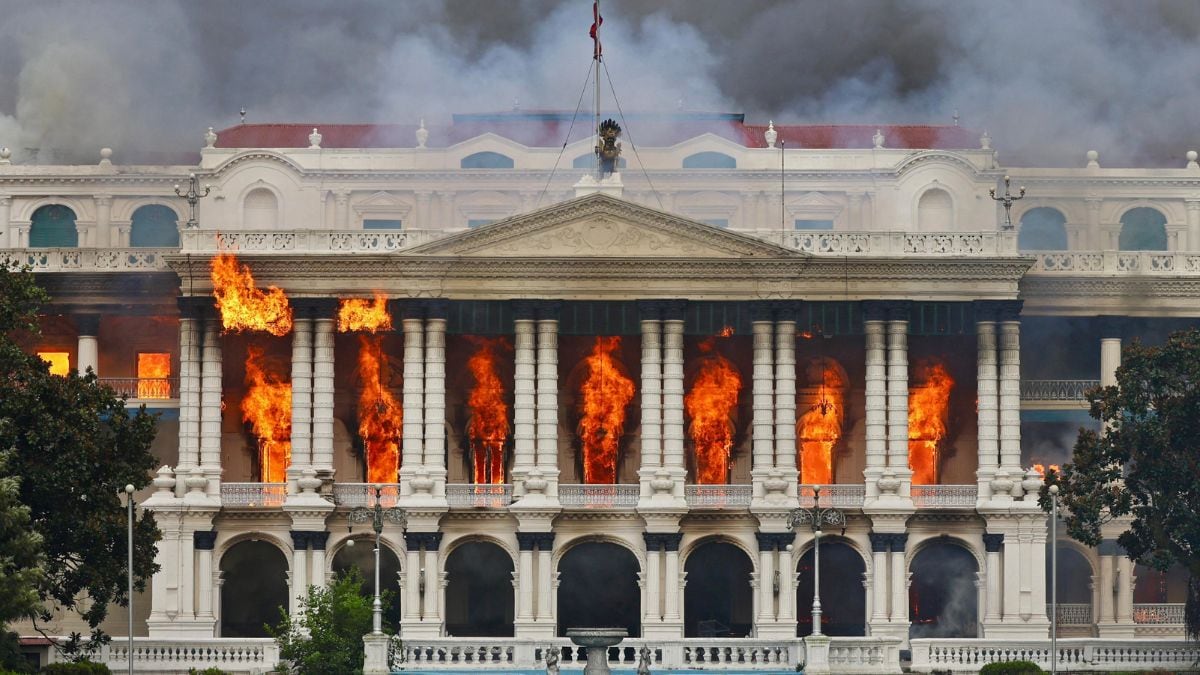The landmark exchange of 162 enclaves (51 in India and 111 in Bangladesh) at midnight on July 31 will be one of the biggest boosts to the bilateral relationship since the
Ganga water sharing treaty at Farakka signed in 1996. Over the decades, India-Bangladesh ties have seen their fair share of highs—from the liberation of Bangladesh in 1971 to the Sheikh Hasina government’s crackdown on anti-India terror groups. But it has also had lows—like the anti-India sentiment fomented by former Bangladeshi prime minister Khaleda Zia’s government. Tonight’s implementation of the
Land Boundary Agreement signed during Prime Minister Narendra Modi’s Dhaka visit in June, will be another high point in the relations between the two countries. [caption id=“attachment_2373340” align=“alignleft” width=“380”] Narendra Modi and Sheikh Hasina in a file photo. PTI[/caption] This exchange of enclaves will represent an end to the 68-year-long misery of over 50,000 stateless people, reports
The Independent . The 37,334 people in the Indian enclaves inside Bangladesh and 14,215 in Bangladeshi enclaves inside India have been deprived of such facilities as electricity, education, road connectivity and healthcare.
New Age reports that in terms of area, this swap will account for 17160.63 acres of land being returned to Bangladesh and 2267.68 acres to India. Additionally, a 6.5 kilometre-long unmarked border will also be demarcated, as the process of granting a nationality to the tens of thousands living in limbo in the enclaves gets underway. Naturally, the mood in Bangladesh is buoyant with numerous events planned for midnight, reports
The Dhaka Tribune. The Bangladesh-India Chhitmahal (Enclave) Exchange Coordination Committee has planned a list of festivities that kicks off with the hoisting of the Bangladeshi flag and permanent lowering of the Indian tricolour, at the stroke of midnight. The itinerary includes a candle-lighting ceremony (68 candles for the 68 years of suffering,
The Daily Star points out), a torch-lighting ceremony, a flag rally, fireworks displays, a boat race, horse racing and a demonstration of Bangladeshi martial art lathi khela (stick playing). While significant, this development must be put into context. As think-tank
Gateway House had highlighted, the two countries will now need to find solutions to issues like smuggling, illegal immigration and trafficking that a long unsettled border has created, and the problem of sharing the water of the 53 rivers (not including the resolved Ganga) that flow between both countries. For this, Modi will have to balance the interests of Indian states (given the country’s federal structure) and relations with neighbours.
The implementation of the Land Boundary Agreement between India and Bangladesh is set to commence at midnight.
Advertisement
End of Article


)

)
)
)
)
)
)
)
)



